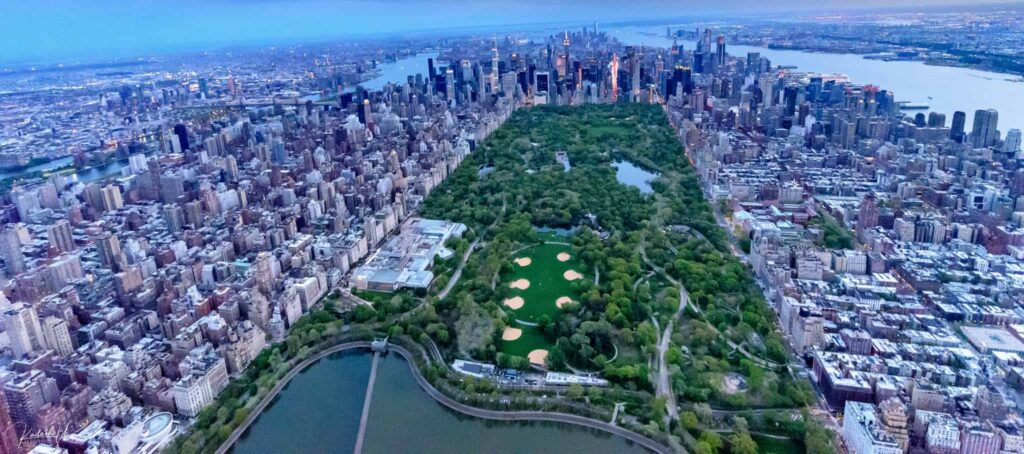Saying goodbye to the concrete jungle

Concrete crisis forces a radical rethink on construction
- Dateline
- 29 November 2028
One of the most visible characteristics of the Boomer years was the exponential growth of cities, with their ubiquitous skyscrapers and concrete apartment blocks. It was the magic of concrete – artificial stone and rock – that made it possible and affordable for cities to grow so fast. Buildings, bridges, harbors, highways and tunnels – all kinds of durable infrastructure could be made out of concrete.
Except that concrete isn’t quite as durable as rock and stone, as it’s held together by cement. Eventually, it loses some of its strength and begins to break up, especially when subjected to daily stress and vibration, like a road bridge. After nine decades of unbridled concrete construction globally, we’re facing the crisis of having to replace most of those structures, which have become critical to sustaining our urban lifestyles and businesses.
And just like concrete and steel replaced timber and stone construction in the past, we’re looking for better materials, more technologically advanced, and kinder on the environment, to replace the concrete jungle. Despite efforts in India to reduce its impact, cement production remains a major carbon culprit. So it’s not just a crisis, but also a concrete opportunity.
From carbon composites to graphene and aerogels, materials science has come a long way. Why dig up billions of tons of sand and gravel to make heavy and ugly structures, when you can craft lightweight and more durable, flexible buildings and bridges with modern composites? And why build grey caves and bunkers, when you can 3D-print elegant synthetic-organic homes and airy workplaces, with natural insulation?
Like the 20th Century, concrete belongs to the past. It’s time to say goodbye to the concrete jungle, and welcome to a whole new way of designing and creating our future cities.
Links to related stories
- The coming concrete crisis – Globe and Mail, 24 August 2018
- Concrete: the most destructive material on Earth – Guardian, 25 February 2019
- The Next Sustainability Crisis: Humans Are Using So Much Sand That We May Actually Run Out – Arch Daily, 16 April 2018
- Mindbullet: There’s a new forest in town (Dateline 3 January 2028)
- Mindbullet: Watch your home build itself (Dateline 14 June 2019)
Warning: Hazardous thinking at work
Despite appearances to the contrary, Futureworld cannot and does not predict the future. Our Mindbullets scenarios are fictitious and designed purely to explore possible futures, challenge and stimulate strategic thinking. Use these at your own risk. Any reference to actual people, entities or events is entirely allegorical. Copyright Futureworld International Limited. Reproduction or distribution permitted only with recognition of Copyright and the inclusion of this disclaimer.